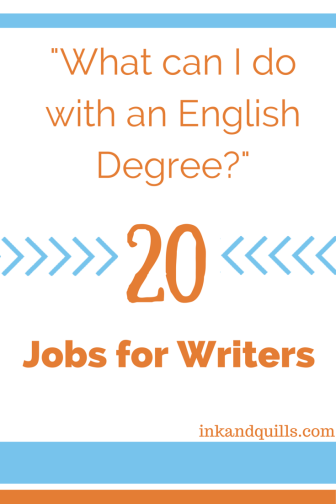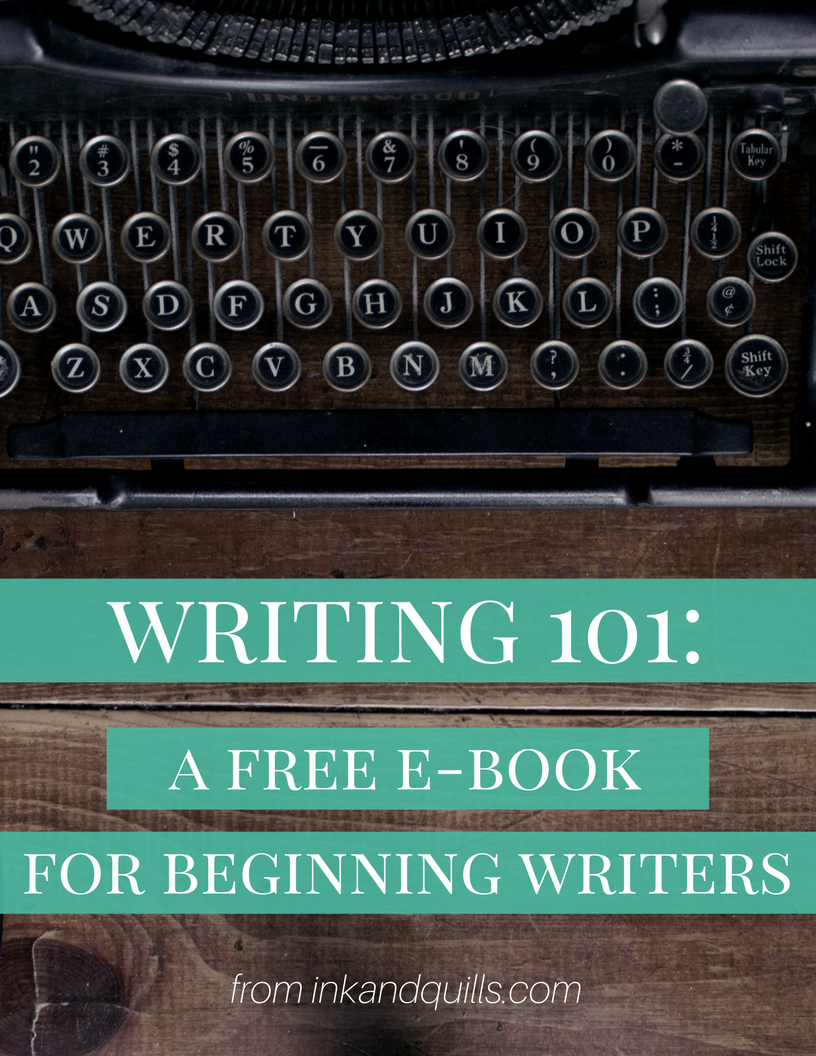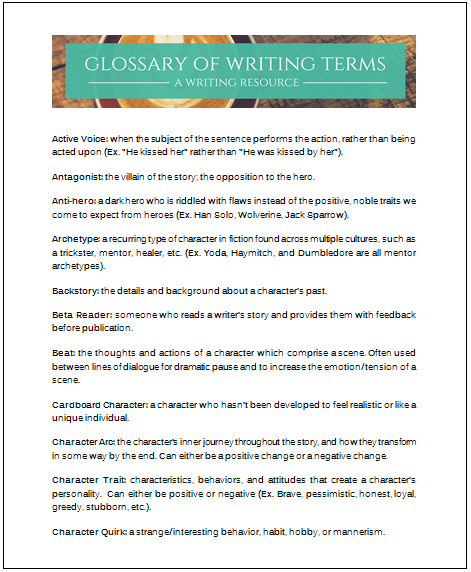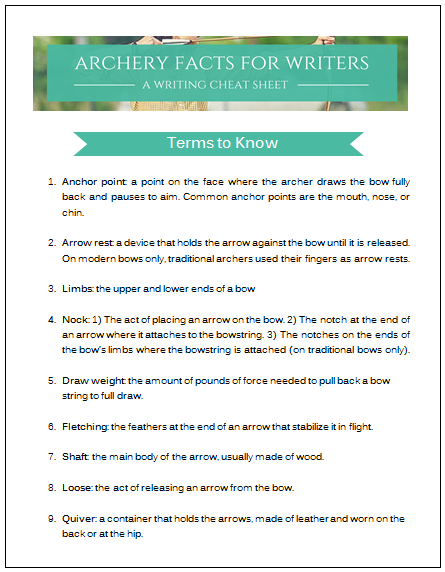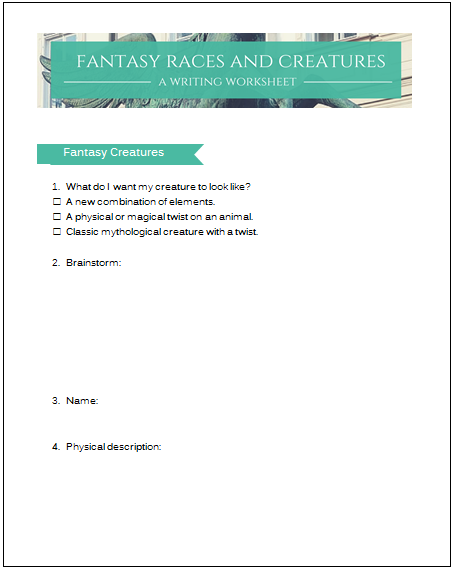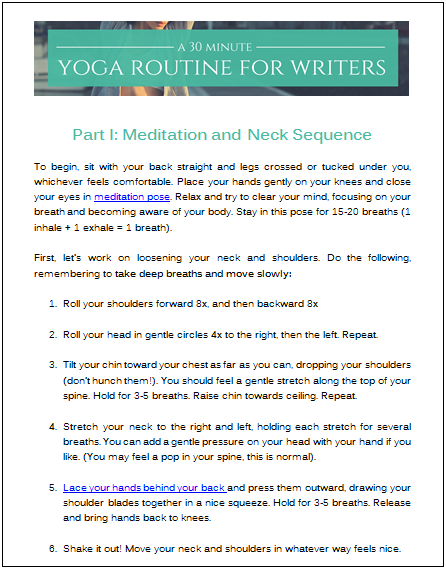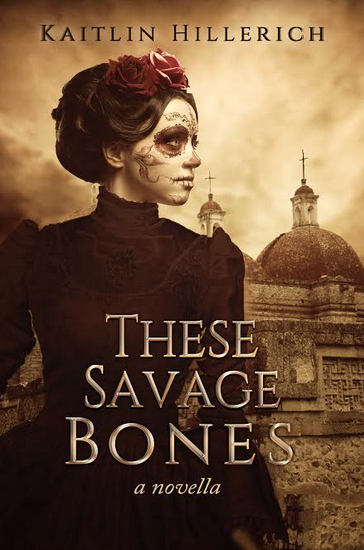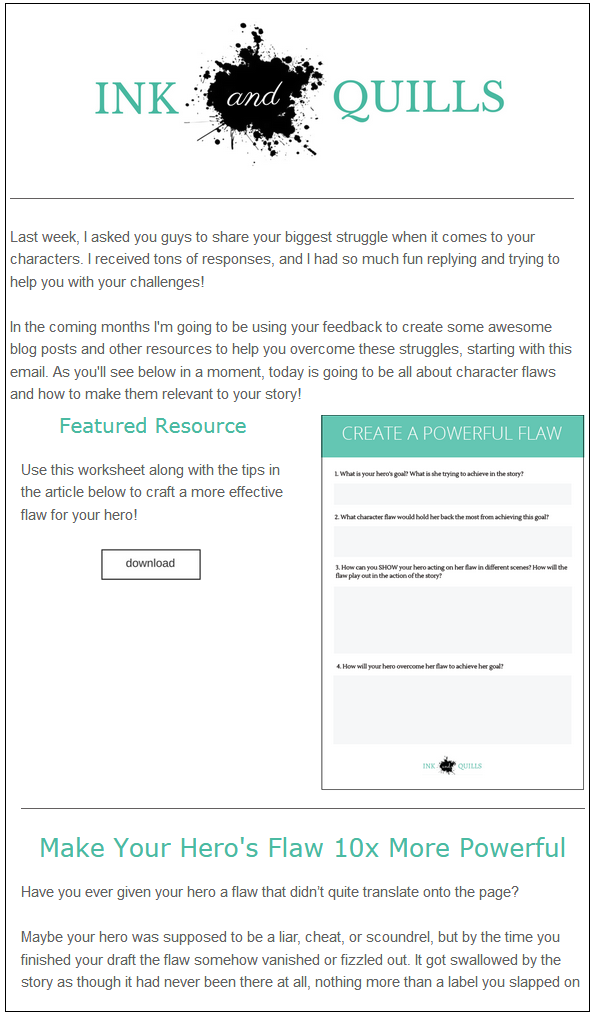 Are you looking for YA literary agents to submit your novel to? You’ve come to the right place!
Are you looking for YA literary agents to submit your novel to? You’ve come to the right place!
I’ve rounded up a ginormous list of one hundred literary agents who are looking for the next great YA novel (which is going to be yours, right?).
The links will take you to the agent’s profile or submission guidelines so you can find out more. Some agents listed specific stories they were looking for so I included those here. If there’s nothing specific listed beside an agent they are likely open to all genres, but always double-check and do your research as things may change!
And of course, before you submit your novel to any agent always edit it first! (Preferably until you want to cry. Or sleep for days.)
Giant List of YA Literary Agents
Last updated: April 15, 2015
1. Maria Vicente of P.S. Literary
2. Kurestin Armada of P.S. Literary–select YA
3. Eric Smith of P.S. Literary–seeking diverse YA, particularly Sci-Fi/Fantasy
4. Lydia Blyfield of Carol Mann Agency–seeking YA with strong hooks/modern themes. NO High Fantasy.
5. Pamela Harty of The Knight Agency
6. Elaine Spencer of The Knight Agency
7. Lucienne Diver of The Knight Agency–any, preference toward Sci-Fi/Fantasy & Romance
8. Nephele Tempest of The Knight Agency
9. Melissa Jeglinski of The Knight Agency
10. Luara Zats of Red Sofa Literary–particularly interested in retellings & contemporary. NO dystopia or paranormal/contemporary romance.
11. Dawn Frederick of Red Sofa Literary
12. Kevan Lyon of Marsal Lyon Literary Agency
13. Kathleen Rushall of Marsal Lyon Literary Agency
14. Shannon Hassan of Marsal Lyon Literary Agency–open to a wide range of genres, with particular interest in diversity, contemporary/realistic, magical realism, mystery, horror, and fantasy.
15. Jenny Bent of The Bent Agency
16. Gemma Cooper of The Bent Agency–preference for contemporary settings, standout romance, strong friendships, & sibling relationships
17. Heather Flaherty of The Bent Agency–any YA, but would love to see contemporary stories with Sci-Fi or Fantasy elements, retellings, and horror.
18. Louise Fury of The Bent Agency
19. Molly Ker Hawn of The Bent Agency
20. Susan Hawk of The Bent Agency–open to mystery, fantasy, scifi, humor, boy books, historical, contemporary (really any genre).
21. Victoria Lowes of The Bent Agency–any, but favorite genres include historical fiction, suspense, mysteries, and romance
22. Beth Phelan of The Bent Agency
23. Brooks Sherman of The Bent Agency–seeking “young adult fiction of all types except paranormal romance. I would especially love to get my hands on a creepy and/or funny contemporary young adult project. “
24. Taylor Haggerty of Waxman Leavell Literary Agency
25. Kirsten Carleton of Waxman Leavell Literary Agency
26. Holly Root of Waxman Leavell Literary Agency
27. Scott Waxman of Waxman Leavell Literary Agency
28. Reiko Davis of Miriam Altshuler Literary Agency–“Actively looking for young adult and middle grade fiction—whether it be contemporary, historical, high fantasy, or simply a story with a timeless quality and vibrant characters.”
29. Miriam Altshuler of Miriam Altshuler Literary Agency–“most interested in contemporary and historical YA… She loves dystopian worlds and great stories that have some fantasy to them…but that are not strictly in the fantasy genre.”
30. Sara Crowe of Harvey Klinger Inc.–“She is consistently ranked among the top three YA and MG agents in Publishers Marketplace.”
31. Andrea Somberg of Harvey Klinger Inc.
32. Laura Rennert of Andrea Brown Literary Agency–“particularly seeking contemporary, multicultural, sci-fi/fantasy, paranormal, alternate history, retellings.
33. Caryn Wiseman of Andrea Brown Literary Agency–contemporary YA, NO fantasy
34. Jennifer Laughran of Andrea Brown Literary Agency
35. Jennifer Rofe of Andrea Brown Literary Agency–seeking contemporary, romance, and urban fantasy.
36. Jennifer Mattson of Andrea Brown Literary Agency–particularly drawn to fantasy
37. Stacey Kendall Glick of Dystel and Goderich Literary Management
38. Jim McCarthy of Dystel and Goderich Literary Management
39. Lauren Abramo of Dystel and Goderich Literary Management
40. John Rudolph of Dystel and Goderich Literary Management
41. Rachel Stout of Dystel and Goderich Literary Management–“Believable and thought-provoking YA as well as magical realism.”
42. Erin Young of Dystel and Goderich Literary Management–“Interested in all forms of young adult fiction, particularly fantasy, paranormal, and magical realism.”
43. Rachel Kent of Books & Such Literary Management
44. Katie Reed of Andrea Hurst & Associates–any, but particularly seeking contemporary, romance, sci-fi/fantasy, retellings.
45. Genevive Nine of Andrea Hurst & Associates–seeking sci-fi/fantasy, mystery, historical fiction, retellings (classics, fairy/folk tale, myth), contemporary.
46. Sarah Davies of Greenhouse Literary–“currently very keen to find a powerful big YA fantasy (in the vein of Kristin Cashore) and unique contemporary, realistic fiction; also loves historical, so long as it’s got strong appeal to contemporary teens. “
47. John Cusick of Greenhouse Literary–“Particularly keen to see fast-paced/thrilling/heart-breaking stories, contemporary realism, historicals, speculative fiction, sci-fi and fresh fantasy.”
48. Sandy Lu of L. Perkins Agency–particularly seeking Victorian historical thrillers or mysteries.
49. Leon Husock of L. Perkins Agency
50. Rachel Brooks of L. Perkins Agency
51. Laura Bradford of Bradford Literary Agency
52. Natalie Lakosil of Bradford Literary Agency
53. Sarah LaPolla of Bradford Literary Agency
54. Amy Boggs of Donald Maas Literary Agency–“All things fantasy and science fiction, especially high fantasy, urban fantasy, steampunk (and its variations), YA, MG, and alternate history.”
55. Jennifer Jackson of Donald Maas Literary Agency
56. Elizabeth Kracht of Kimberly Cameron and Associates
57. Pooja Menon of Kimberly Cameron and Associates–“looking for stories that deal with the prevalent issues that face teenagers today. She is also interested in fantasy, magical-realism, and historical fiction.”
58. Kathleen Ortiz of New Leaf Literary–“She would love to see a beautifully written YA set within other cultures and experiences.”
59. Suzie Townsend of New Leaf Literary
60. Jess Regel of Foundry Literary + Media
61. Erin Murphy of Erin Murphy Literary Agency
62. Ammi-Joan Paquette of Erin Murphy Literary Agency
63. Tricia Lawrence of Erin Murphy Literary Agency
64. Frank Weiman of Folio Literary Management–endearing characters, strong voice, no paranormal
65. Erin Harris of Folio Literary Management–seeking “Contemporary, voice-driven novels that approach the universal experience of being a teenager from a surprising or an unlikely perspective.” Also, thrillers and mystery.
66. Molly Jaffa of Folio Literary Management–“fiction set in another country…I’d also like to see: Contemporary YA that’s not afraid to explore complex social issues, historical fantasy…and good, old-fashioned YA romance.”
67. Melissa Sarver White of Folio Literary Management–“I’m attracted to realistic contemporary stories with a strong sense of voice…I’m also looking for YA mysteries, thrillers, horror, science fiction, urban fantasy, speculative, historical with a twist (alternate historical or historical with magical realism).”
68. Jessica Faust of Bookends Literary Agency–contemporary YA
69. Kim Lionetti of Bookends Literary Agency–any except sci-fi or fantasy
70. Beth Campbell of Bookends Literary Agency
71. Kristin Nelson of Nelson Literary Agency
72. Catherine Drayton of Inkwell Management
73. Stephanie Rostan of Levine Greenberg Literary Agency
74. Kerry Sparks of Levine Greenberg Literary Agency
75. Ginger Clark of Curtis Brown LTD
76. Jonathan Lyons of Curtis Brown LTD
77. Alice Tasman of Jean V. Naggar Literary Agency
78. Laura Biagi of Jean V. Naggar Literary Agency
79. Caitlin Blasdell of Liza Dawson Associates Literary Agency
80. Hannah Bowman of Liza Dawson Associates Literary Agency
81. Lauren E. MacLeod of The Strothman Agency
82. Michelle Andelman of Regal Literary
83. Adrienne Rosado of Nancy Yost Literary Agency
84. Lisa Rodgers of JABerwocky Literary Agency
85. Joanna MacKenzie of Browne & Miller Literary Associates
86. Katie Grimm of Don Congdon Associates
87. Katie Kochman of Don Congdon Associates
88. Maura Kye-Casella of Don Congdon Associates
89. Rosemary Stimola of Stimola Literary Studio
90. Sarah Heller of The Helen Heller Agency
91. Bill Contardi of Brandt & Hochman
92. Emily Forland of Brandt & Hochman
93. Emma Patterson of Brandt & Hochman
94. Faye Bender of Faye Bender Literary Agency
95. Jason Anthony of Lippincott Massie McQuiken Agency
96. Folade Bell of Serendipity Literary Agency
97. John Weber of Serendipity Literary Agency
98. Danielle Chiotti of Upstart Crow Literary
99. Ted Malawar of Upstart Crow Literary
100. Alexandra Penfold of Upstart Crow Literary
You’re welcome. 😉
Now what are you waiting for? Get to querying!

 Point of view is important to your story, and it must be established immediately. Why? Because the reader needs to know whose “head” they’re in, whose story this is. Your hero is the reader’s access point to the story. They will experience the story along with the hero–through his or her point of view.
Point of view is important to your story, and it must be established immediately. Why? Because the reader needs to know whose “head” they’re in, whose story this is. Your hero is the reader’s access point to the story. They will experience the story along with the hero–through his or her point of view.







